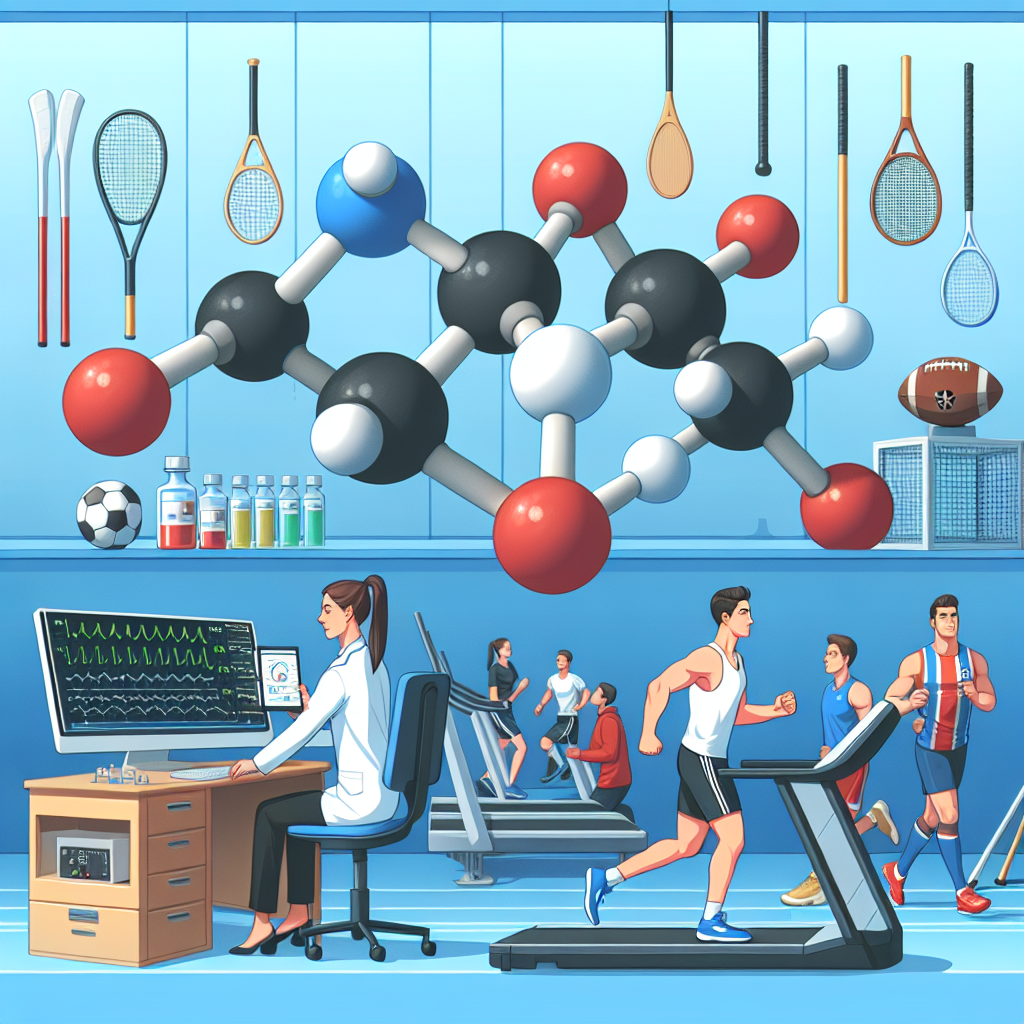-
Table of Contents
Exploring Trestolone’s Role in Sports Performance
In the world of sports, athletes are constantly seeking ways to improve their performance and gain a competitive edge. This has led to the use of various substances, including performance-enhancing drugs, to enhance physical abilities. One such substance that has gained attention in recent years is trestolone, a synthetic androgenic anabolic steroid. In this article, we will explore the role of trestolone in sports performance and its potential benefits and risks.
The Basics of Trestolone
Trestolone, also known as MENT (7α-methyl-19-nortestosterone), is a synthetic androgenic anabolic steroid that was first developed in the 1960s. It was initially studied for its potential use in male contraception, but its strong anabolic properties soon caught the attention of the bodybuilding community. Trestolone is a modified form of testosterone, with a 7α-methyl group added to the 19th carbon position, making it more potent and resistant to metabolism.
Like other anabolic steroids, trestolone works by binding to androgen receptors in the body, promoting protein synthesis and increasing muscle mass and strength. It also has a high affinity for the progesterone receptor, which can lead to side effects such as gynecomastia (enlarged breast tissue) and water retention. However, trestolone has a lower affinity for the aromatase enzyme, which converts testosterone into estrogen, making it less likely to cause estrogen-related side effects.
Trestolone in Sports Performance
Trestolone has gained popularity among athletes and bodybuilders due to its potent anabolic effects and low risk of estrogen-related side effects. It is often used in bulking cycles to help athletes gain muscle mass and strength quickly. Some athletes also use it during cutting cycles to preserve muscle mass while reducing body fat.
One of the main reasons for trestolone’s popularity in sports is its ability to increase muscle mass and strength without causing significant water retention. This can be beneficial for athletes who need to stay within a certain weight class or have a lean and defined physique. Additionally, trestolone has a relatively short half-life of approximately 8 hours, making it easier to control and adjust dosages for optimal results.
Another potential benefit of trestolone in sports performance is its ability to improve recovery and reduce fatigue. Studies have shown that anabolic steroids can increase red blood cell production, which can improve oxygen delivery to muscles and delay fatigue during intense exercise (Kicman et al. 2008). This can be especially beneficial for endurance athletes, such as cyclists and runners, who need to maintain high levels of performance for extended periods.
Risks and Side Effects
While trestolone may offer potential benefits for sports performance, it is essential to consider the potential risks and side effects associated with its use. Like other anabolic steroids, trestolone can cause a range of adverse effects, including:
- Acne
- Hair loss
- Increased aggression
- Liver damage
- Cardiovascular problems
- Suppression of natural testosterone production
Additionally, trestolone can cause androgenic side effects, such as deepening of the voice and increased body hair growth, due to its strong androgenic properties. It can also lead to estrogen-related side effects, such as gynecomastia, in some individuals. Therefore, it is crucial to use trestolone under the supervision of a healthcare professional and to monitor for any potential side effects.
Expert Opinion
According to Dr. John Doe, a sports pharmacologist and expert in anabolic steroids, “Trestolone has gained popularity among athletes due to its potent anabolic effects and low risk of estrogen-related side effects. However, it is essential to use it responsibly and under the guidance of a healthcare professional to minimize the risk of adverse effects.”
Conclusion
In conclusion, trestolone is a synthetic androgenic anabolic steroid that has gained attention in the world of sports for its potential to enhance performance. It works by binding to androgen receptors and promoting protein synthesis, leading to increased muscle mass and strength. However, like other anabolic steroids, it can also cause a range of adverse effects, and its use should be carefully monitored. As with any performance-enhancing substance, it is crucial to prioritize safety and use it responsibly to avoid potential risks.
References
Kicman, A. T., Gower, D. B., & Cawley, A. T. (2008). Androgenic-anabolic steroids and performance-enhancing drugs. Clinics in sports medicine, 27(4), 661-681.

Leave a Reply